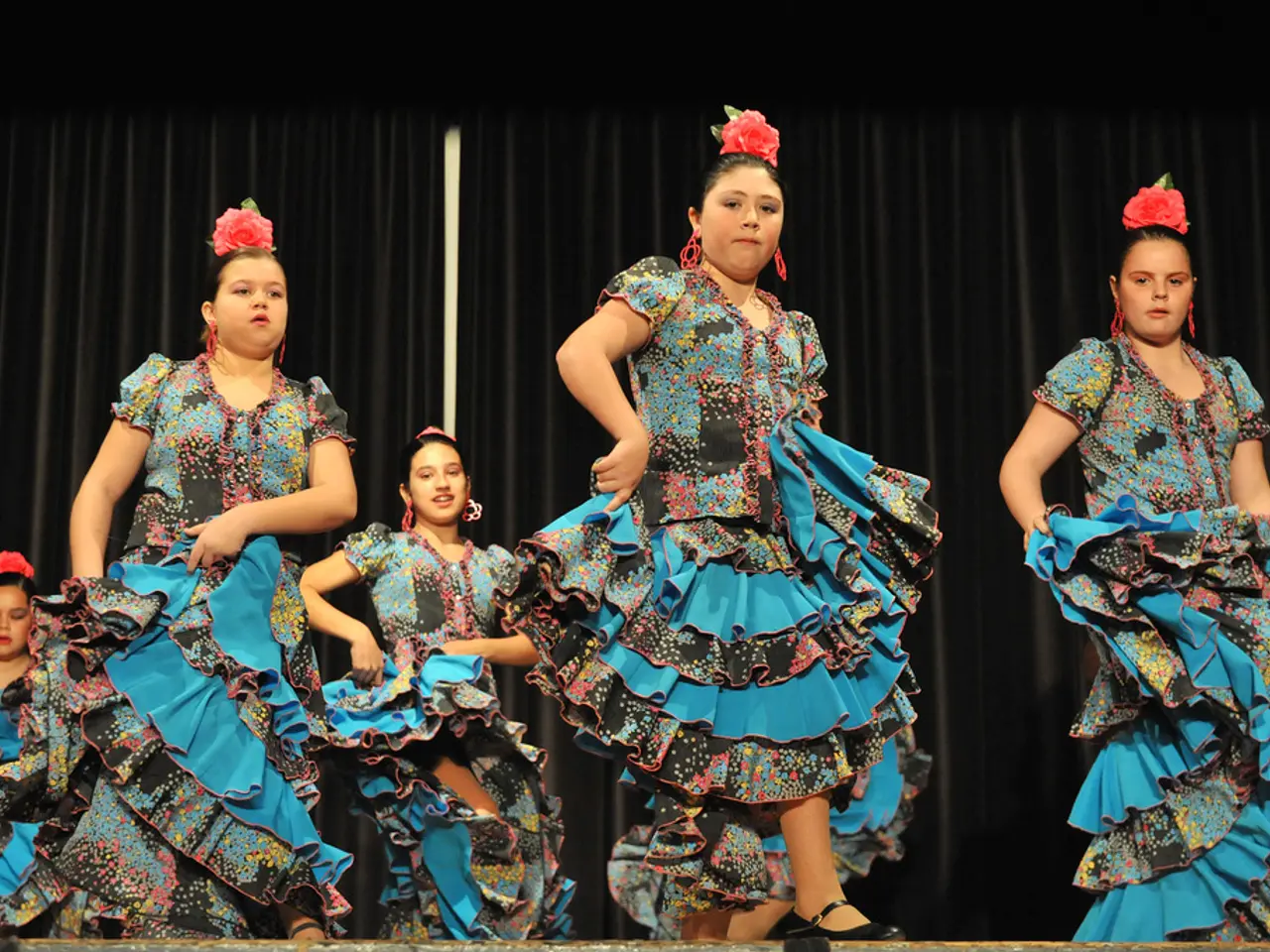Women's clothing styles throughout history: a chronicle
Women's fashion has been a powerful tool for self-expression and activism throughout history. From the punk movement of the 1970s, where women embraced edgy and unconventional styles to challenge societal expectations and assert their independence, to the feminist movements of the 1960s and 70s, which promoted more freedom in cuts and shapes, clothing has played a significant role in reflecting and shaping women's evolving roles and identities.
The 20th century saw women's fashion evolve to reflect changing roles and expectations. The 1980s, for instance, saw a shift towards power dressing. In contrast, recent years have seen a move towards more casual and flexible dress codes in many workplaces, with women embracing a mix of professional attire and comfortable separates.
Inclusivity is also becoming increasingly important in women's fashion. Brands are embracing diversity in their marketing campaigns and offering more size-inclusive options. This shift towards inclusivity is not just about size, but also about representing a wider range of women, their cultures, and their experiences.
Slow fashion is gaining momentum as consumers become more conscious about their purchasing habits and seek out timeless pieces that are made to last. This movement encourages mindful consumption and supports sustainable practices in the fashion industry.
In recent years, there has been a resurgence of political activism in fashion. Designers are using their platforms to make bold statements about issues such as gender equality, diversity, and sustainability. This activism is not just limited to the catwalk, but is also being seen in the choices consumers make when they shop.
The future of women's fashion is an exciting and ever-evolving landscape that is shaped by innovation, inclusivity, and sustainability. There is a growing movement towards ethical and eco-friendly fashion that prioritises transparency in the supply chain and minimises environmental impact.
Technology is likely to play a larger role in how we shop for clothes. Virtual reality and augmented reality, for instance, allow us to experience garments in immersive ways before making a purchase. This not only enhances the shopping experience but also promotes sustainable practices by reducing the need for physical returns.
In conclusion, women's fashion is a dynamic and powerful reflection of societal changes and women's evolving roles. From the punk movement to power dressing, from inclusivity to sustainability, the fashion industry continues to evolve, reflecting and shaping the world around us.
Read also:
- Essential Techniques for Successful Snack Food Business Branding
- Top-Notch Home and Expert Age Spot Remedies
- 'Starting today, registration for the Ayushman Bharat Scheme is available'; announced Delhi's Health Minister, Pankaj Kumar Singh
- Apparition's Significance and its Delivered Messages - as discussed by Sensenmann





